Assigning critical thinking activities can feel like one more thing to do each week; however, you can maximize your time and classroom space by finding creative ways to infuse critical thinking in the classroom. In this post, I share how to use a math Boggle board to build students’ critical thinking skills and create bulletin boards designed for learning.
How will I decorate my classroom next year?
What will my theme be?
The first days of summer break, when many teachers enjoy a cup of coffee and listen to the sounds of nature in their backyards, I’m already planning for next school year.
My mind races thinking of all the possibilities.
It consumes me for weeks until I devise the perfect plan.
—
This happened for years. In fact, decorating my classroom was one of my favorite things to do. I even considered quitting my teaching job to become a classroom decorator– does that job even exist?
That’s how much I loved it! My slogan would be, “Got empty boards? I’ve got ideas!”
It’s great to have a classroom that looks like it was featured on Pinterest. It is the first thing someone notices when they walk into the classroom. We want our students, and their parents, to think they got the best teacher, right?
Another teacher, whose classroom did not look like mine, once told me she builds her classroom as she goes because she wants it to reflect student learning and the students are part of that process.
I never thought about it that way, but it made sense.
I wondered . . . “How could I use the walls of the classroom to promote learning?”
Since then, I’ve tried to keep this in mind while designing my classroom.
The Answer I was Seeking
I wanted more than anchor charts. The environment I strived to create was perfect for both learning and building critical thinking skills at the same time.
I started small by transforming one classroom bulletin board into an interactive learning space. Using part of a dry erase board or a chalkboard — Does anyone still have one of those?– works great too!
What is an Interactive Bulletin Board?
The idea here is to create a space for learning– a place where students have to do something, like help solve a problem or contribute an idea.
It’s a fantastic way to get students talking and thinking mathematically because it’s easy to refer to throughout the day. The learning space also becomes a quick fast finisher activity where students can complete the work individually and then submit their responses.
Some of my favorite ways to challenge students with an interactive board include problem-solving tasks, logic puzzles, number puzzles, function machines, Who Am I? challenge tasks, and math mysteries.
Moggle: Math Boggle Board
One cool idea is called a Math Boggle board.
When students play a game of Moggle, they use a grid of random numbers to create number sentences using numbers in the grid that are touching in some way.
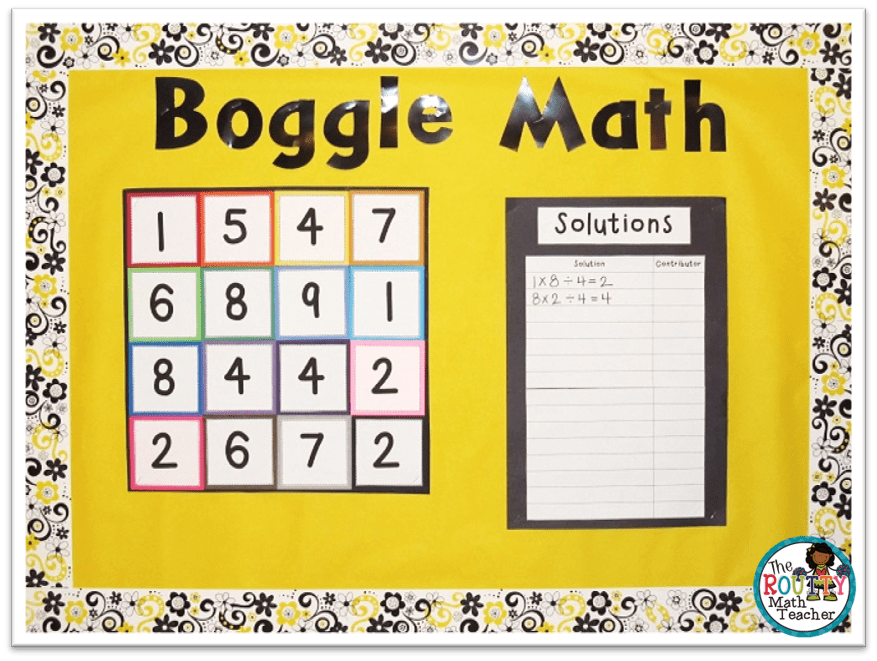
Here’s How it Works:
1. Create a Boggle board with an empty bulletin board space or on poster board. See the picture above for an example. (Depending on the needs of your students, you can create a larger or smaller square. For example, bigger boards, such as a 5 x 5, provide more numbers for students to use to create number sentences.)
2. Students look for and create number sentences using numbers that are touching in some way, i.e. sides or corners. Some options for structuring this requirement include:
- Use the numbers in any order, such as 1 + 22 + 2 = 7.
- Use the numbers in the order of connection, such as 7 – (1 + 22) = 2.
Note: The examples above originated from the Moggle board in the image.
How to Differentiate for Students
This activity is a great way to differentiate for students because the length of the number sentences they create is based on their individual ability and understanding of the task. In addition, this activity builds critical thinking skills in both in-person and virtual learning environments.
Using Math Boggle Boards in the Classroom
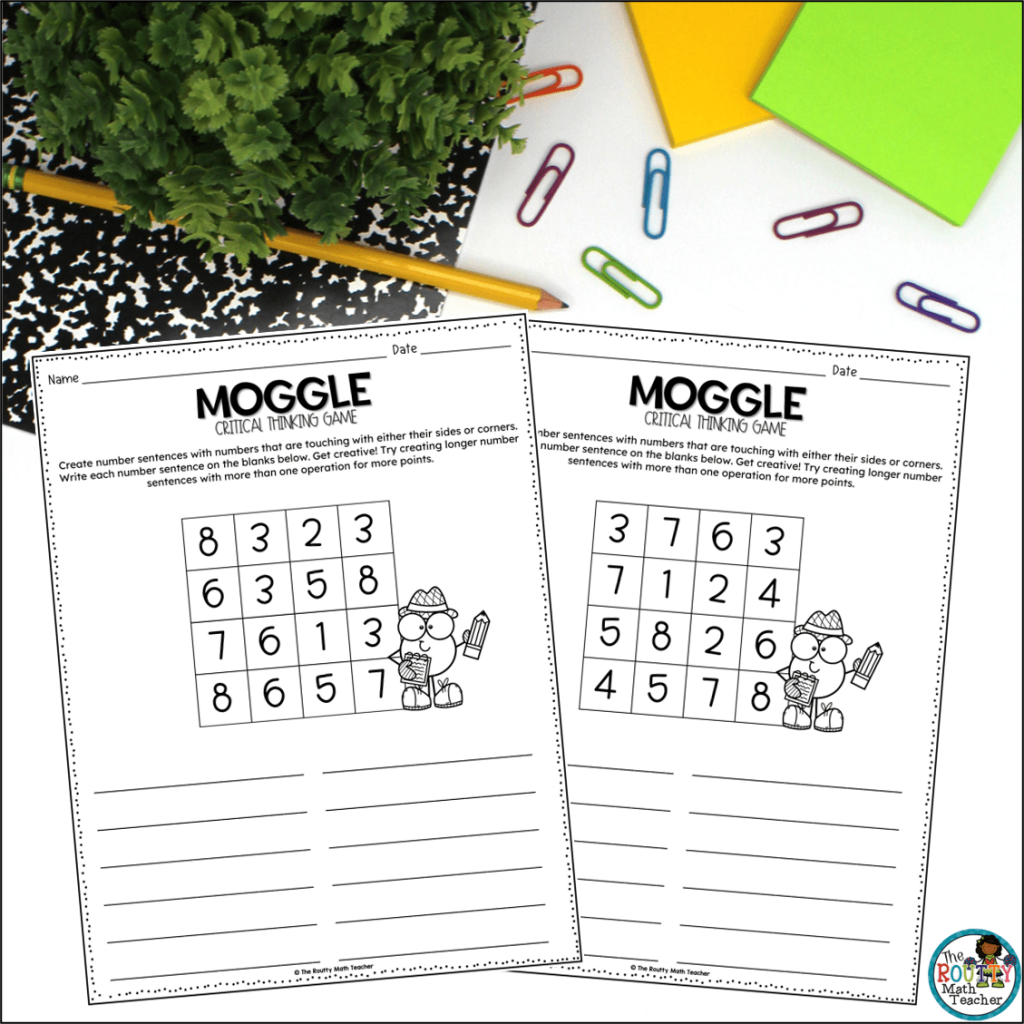
When used as a bulletin board, students can contribute their responses to a class list of solutions. Additionally, you can try assigning individual students a Math Boggle board as a fast finisher or even math menu task.
This challenge can also be transformed into a class game where teams of students compete to create number sentences and then earn points based on the difficulty and length of the number sentence.
Here’s an example of how to assign points:
- Three-part number sentence (two numbers and an operation)= 1 point
- Additional operation with a number= 1 point
- Use of squared number= 1 point
See the solutions below for an example of points for the Moggle Board pictured in the image above.
- 9 – 1 = 8 (1 point)
- 1 x 8 ÷ 4 = 2 (2 points, including 1 point for the additional operation)
- 8 x 2 ÷ 4 = 4 (2 points, including 1 point for the additional operation)
- 7 – (1 – 22) = 2 (3 points, including 1 point for the additional operation and 1 point for the use of a square number)
- 9 + 7 = 42 (2 points, including 1 point for the use of a square number)
Using Math Boggle Boards for Virtual Learning
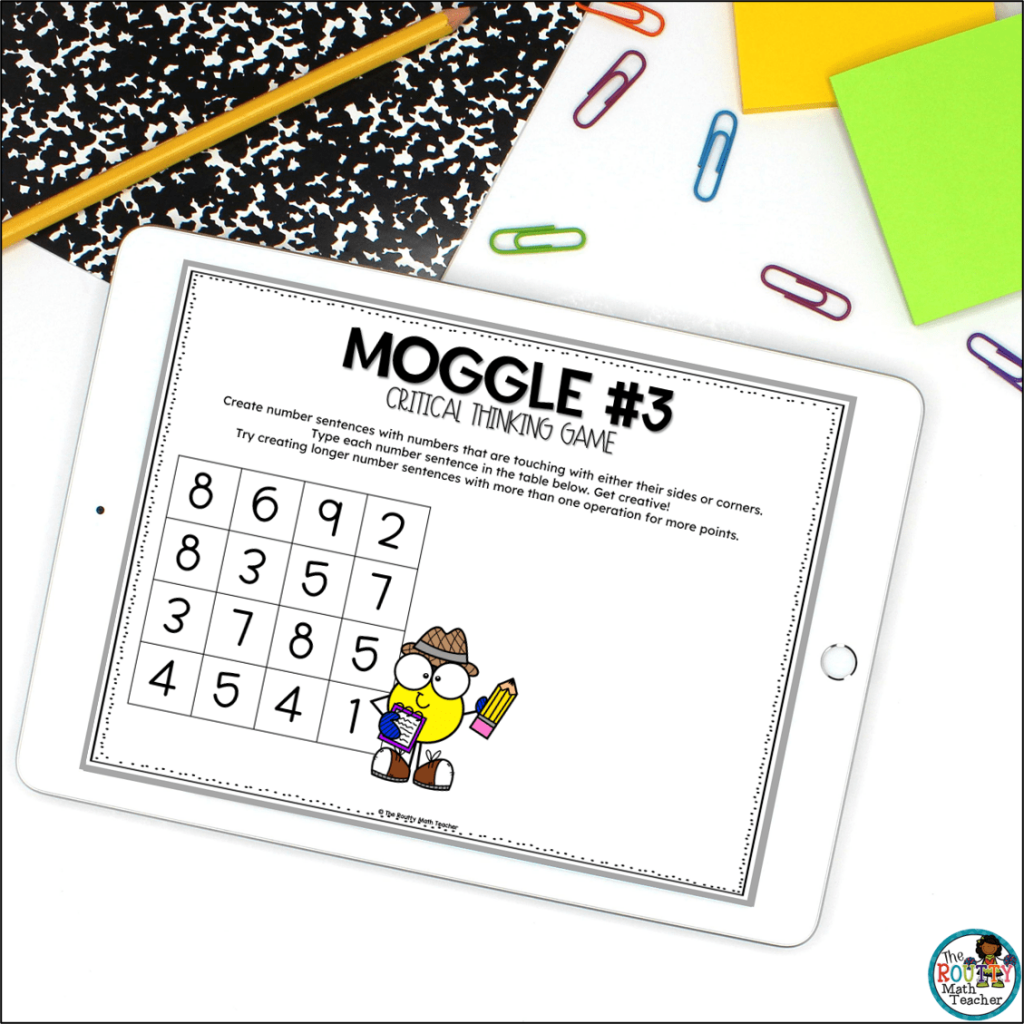
Moggle boards work for virtual learning too! Here are a few ideas:
1. During a live virtual lesson, display the board for students to see and give directions. Allow students time to create a number sentence and share it via the chatbox.
2. During a virtual learning session, allow students to work in collaborative groups to generate number sentences. Note: Be sure to give each group access to the board so they can refer back to it as needed. Collaborative groups then record their responses as they work together. Once group work time has elapsed, students can add their number sentences to a collaborative class document to review together once the class is back in a large group session.
3. If students work asynchronously, post the task, with an image of the board, as a Flipgrid discussion board topic. Students can then record their number sentence on a piece of paper or on a dry erase board and hold it up in the video while they explain their number sentence.
Ready to Get Started?
Grab a free set of Moggle boards using the form below. A link to a digital version is included!
Looking for more critical thinking activities? Click here for more activities and ideas!
Sound Off!
How do you create learning activities, using bulletin boards or wall space, in your classroom?

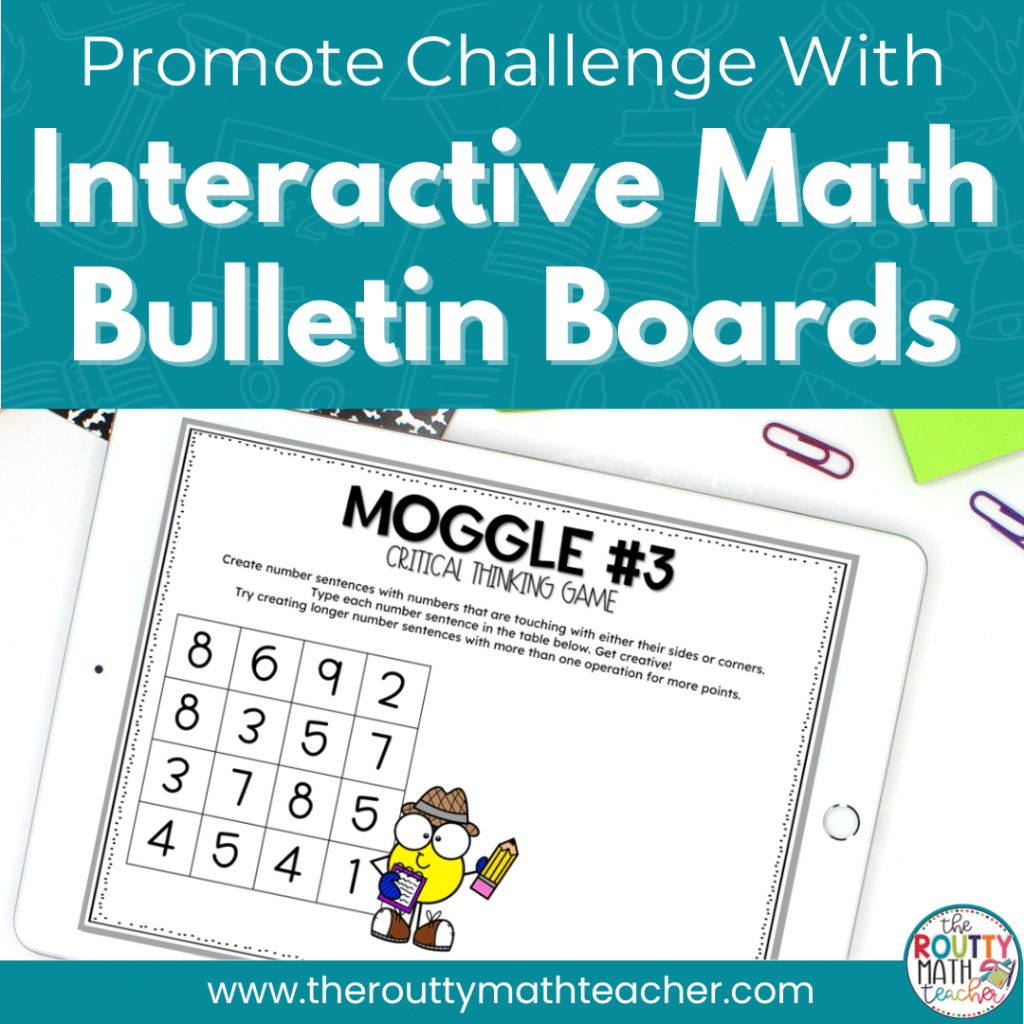



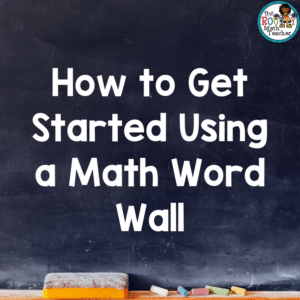
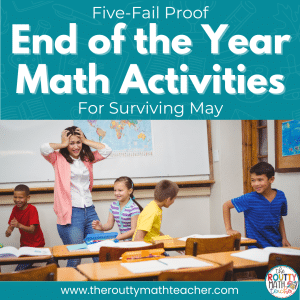
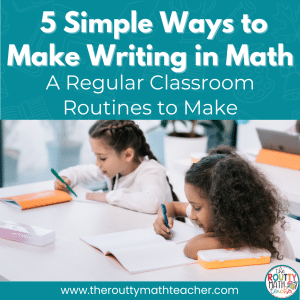
9 Responses
I LOVE this, thank you for sharing this!
Hi Erin!
You’re so welcome! It’s my pleasure!
~ Shametria
This is great – I’m going to put it up tomorrow. Thank you.
So great to hear, Sarah! I’d love to hear how it goes.
What did you use to crest the number board?
Create *
Hi Maggie! I think you’re asking about the page border. If so, the border was created by Graphics from the Pond. I believe it was in set 85. I hope that helps!
~ Shametria
How can I print these off? Trying to use them in my small group rotation.
Hi Julie!
Yes, they are printable. Please complete the form at the bottom of the blog post to get the printable pack. Thank you!